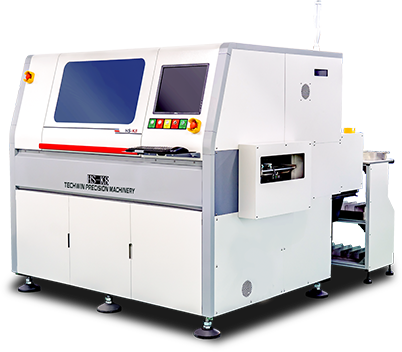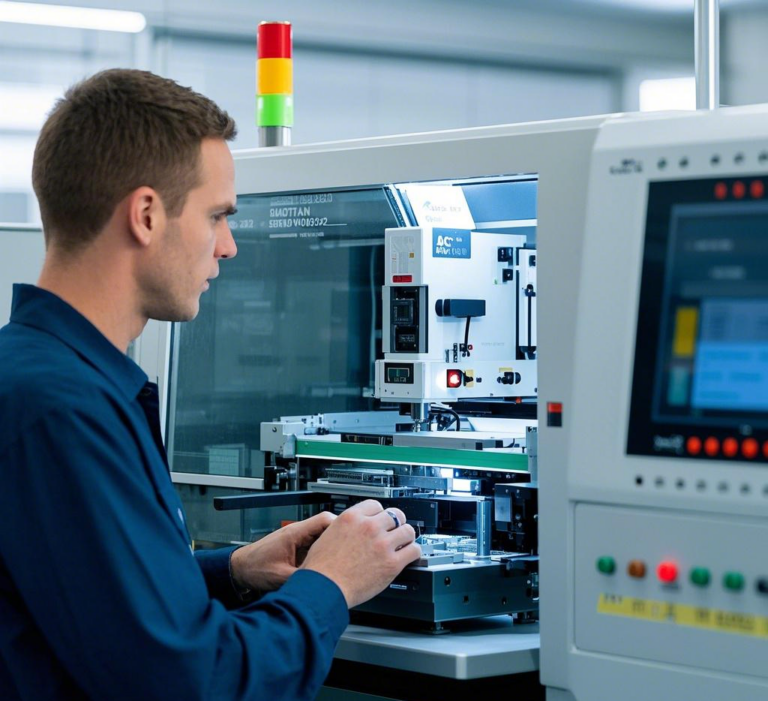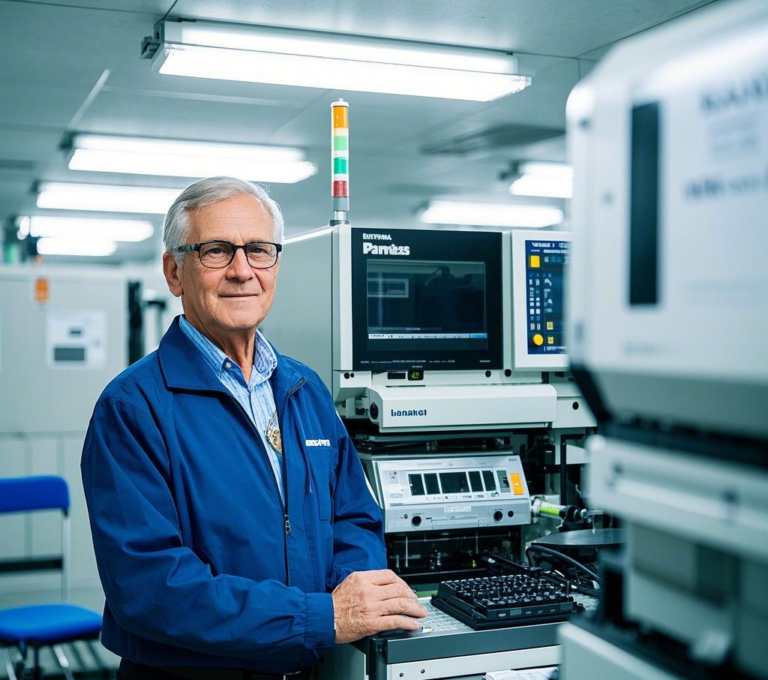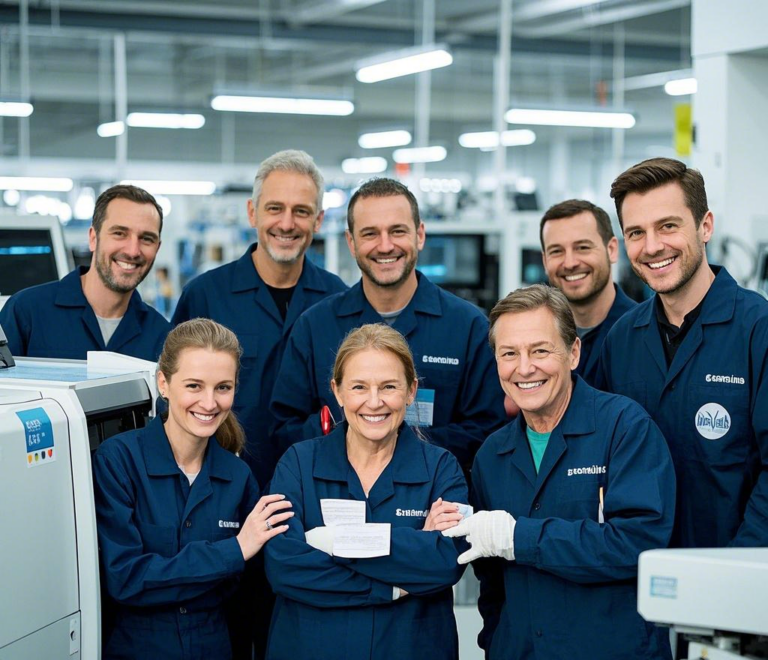SMT factory assembly full process analysis: from PCB to finished product precision manufacturing revolution
I. Why SMT becomes the core technology of electronics manufacturing?
(Subtitle optimization: **SMT technology analysis: the heart of electronic manufacturing in 2025)
Under the wave of 5G, AIoT and new energy vehicles, Surface Mount Technology (SMT) has become the core process of electronics manufacturing. According to the industry white paper 2025, the global SMT market size exceeds $120 billion, growing at a CAGR of 8.7%. This technology realizes the high density, miniaturization and low cost of electronic products by mounting miniature electronic components directly on the PCB surface. For example, the iPhone 20’s motherboard component density is 30% higher than the previous generation, which is the direct result of the iteration of SMT technology.
Two, SMT factory assembly full process disassembly
(Subtitle optimization: **From bare board to finished product: 7 key steps in the SMT production line)
1. PCB pre-processing
Automatic Optical Inspection (AOI): Detect copper foil defects and through-hole accuracy of PCB through AI vision algorithm, with defective rate controlled below 0.01
Solder Paste Printing: Use 3D SPI solder paste thickness gauge to ensure uniform application of ultra-thin 0.02mm solder paste layer
2. Component placement
High-speed placement machine: 50 components per second with an accuracy of ±5μm (equivalent to 1/10 of a hair)
Intelligent material supply system: real-time monitoring of component inventory through IoT sensors to avoid out-of-material downtime
3. Reflow soldering
Full nitrogen protection reflow oven: Oxygen concentration is controlled below 50ppm to prevent component oxidation
Dynamic temperature control curve: AI-based algorithm automatically optimizes the temperature curve to adapt to different component materials.
4. Quality Inspection
AOI secondary inspection: 99.8% defect identification accuracy, 50 times more efficient than manual testing
X-Ray Inspection: Penetrating imaging technology to detect voids inside BGA solder joints.
5. Functional test
Flying probe test: no fixture required, 1000 test points scanned in 3 seconds.
Aging test: 48 hours of high temperature and high humidity environment simulation to accelerate product life verification
III. Three revolutionary breakthroughs in SMT technology in 2025
(Subheading optimized: The Future is Here: Three Major Technology Upgrades for SMT Factories)
1. AI-driven predictive maintenance
AI model of equipment health: real-time prediction of failures through vibration, current, and other 200+ parameters, reducing unplanned downtime by 70
2. Full implementation of unmanned factory
Collaborative Robot (Cobot): Automatically complete loading and unloading, line changing and other operations, reducing labor costs by 60%
Digital twin system: virtual production line maps the physical factory in real time, increasing production efficiency by 25 percent
3. Green Manufacturing Technology
Lead-free soldering process: RoHS 3.1 compliant, heavy metal emissions reduced by 90%.
Waste solder paste recycling system: material utilization rate increased from 85% to 98
SMT factory common problem solutions
(Subheading optimization: Avoiding the pit guide: SMT production of the 10 major pain points and countermeasures)
Component offset**: using vision positioning compensation algorithms, with high-precision robotic arm
Tin ball defects**: Optimize stencil opening design and use nitrogen to protect soldering
Material supply error**: introduction of RFID intelligent material racks, scanning code automatic calibration
V. Future trends in SMT technology
(Subheading optimization: Outlook 2030: How SMT is reshaping electronics manufacturing)
Nano-scale placement technology**: placement accuracy of quantum dot components breaks through 1μm
Self-assembly technology: components are automatically aligned by surface tension, eliminating the need for placement machines
Blockchain traceability system: full life cycle traceability of each component from production to use
Conclusion: 5 criteria for choosing a professional SMT service provider
(Subheading optimization:How to choose a reliable SMT foundry? These 5 points must be seen)





